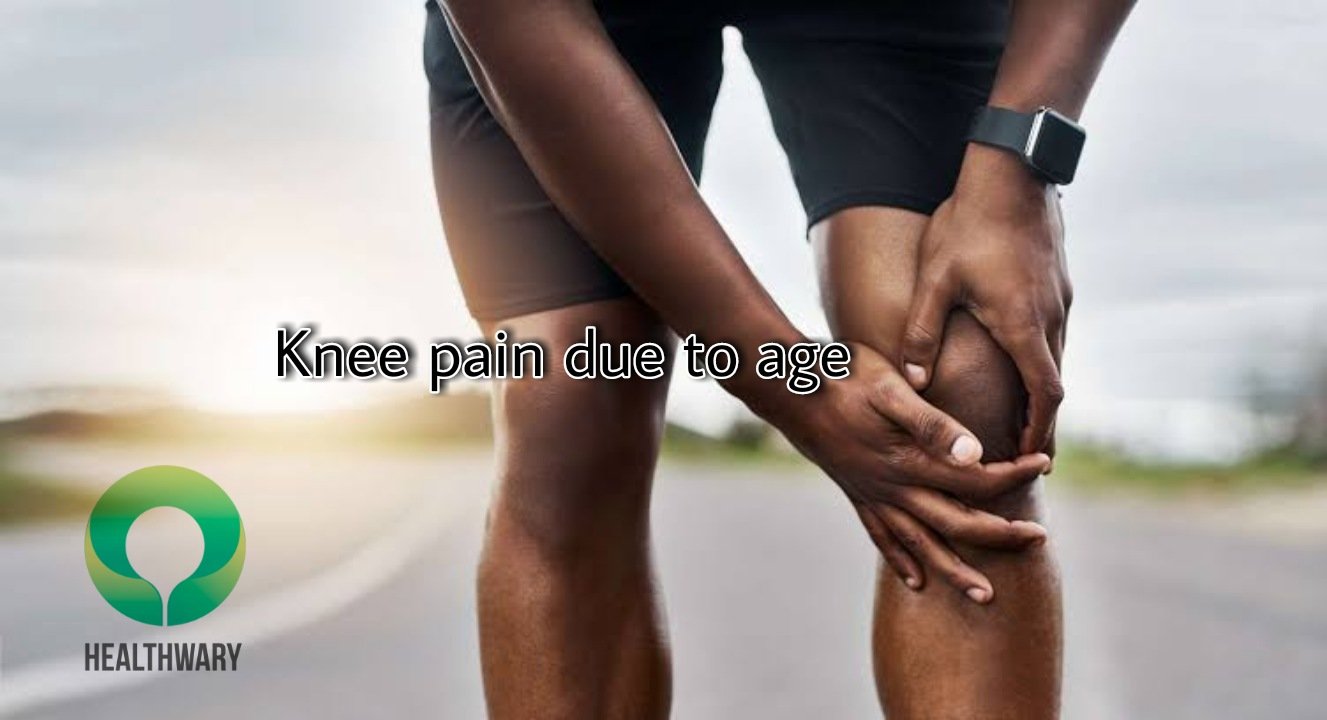Aging knee pain
Does arthritis mean knee pain or swelling or inflammation of the knee? In fact, arthritis is not a single disease. Researchers claim that there are currently more than 100 types of arthritis, based on two separate studies conducted in 2013 and 2016.
.According to the Journal of the American Medical Association, there are more than 10 million arthritis patients in the United States alone. Arthritis is named after joint pain and its type, such as osteoarthritis, rheumatoid arthritis, gout, infectious arthritis, juvenile arthritis, etc.
.The National Health Society has also linked conditions such as ankylosing spondylitis, cervical spondylosis, and fibromyalgia to arthritis. Arthritis is cited as one of the leading causes of disability in the United States. Children, young and old can all suffer from this disease in their lifetime; however, women are four times more likely than men.
Diseases, causes, and remedies: 1. Normal Knee (Stage-I): No pain or other problems. 2. .Mild Arthritis (Stage-II or Minor Osteoarthritis): With very little new osteoarthritis, the joint space is reduced and the amount of cartilage is reduced by 10 percent. There is no pain in the knee at this stage.
.Treatment: Physiotherapy and lifestyle changes (such as weight loss, healthy eating, etc.) to control the rapid deterioration of rheumatic changes. There is no need for drugs or injections. It is important to remember to protect the joint from repeated injuries. Even if a physiotherapy session has a 10 percent benefit, regular physiotherapy should be continued to maintain it.
- .Mild arthritis (Stage-III or Mild osteoarthritis): The above symptoms will be a little more, knee movement will be reduced (joint stiffness), especially in the morning; Walking for a long time, going up and down stairs, carrying weights and bending the knees to work will cause pain .Treatment: Physiotherapy and lifestyle changes. There is no need for medication or injections unless there is too much pain or need.
- Moderate arthritis (Stage-iv or Moderate osteoarthritis): The above problems are getting worse. .There is frequent pain and the pain intensifies, synovial fluid or joint juice is damaged and the joint may swell. Treatment: The above treatment. .Many people go for surgery, but it has no long-term benefits, but rather it produces various symptoms.
- Acute arthritis (Stage-v or Severe osteoarthritis): The above symptoms increase and the function of the joint decreases. .Eighty percent or more of the cartilage is lost. Treatment: According to the above rules, physiotherapy treatment and medication or injection should be taken. If the pain and other problems alone cannot be reduced, then surgery must be decided. .Physiotherapy should be taken for proper rehabilitation even after surgery.
Physiotherapy is the most advanced and beneficial treatment for arthritis of the knee. It has no side effects.
Dr. Md..Russell Rana: Doctor of Physical Therapy (Physiotherapy), Northeastern University, Boston, USA, and Dr. Md. Gausul Azam: PT Writer & Physiotherapist, BGC Trust Medical College Hospital, Chandnaish, Chittagong
.

Comments are closed.